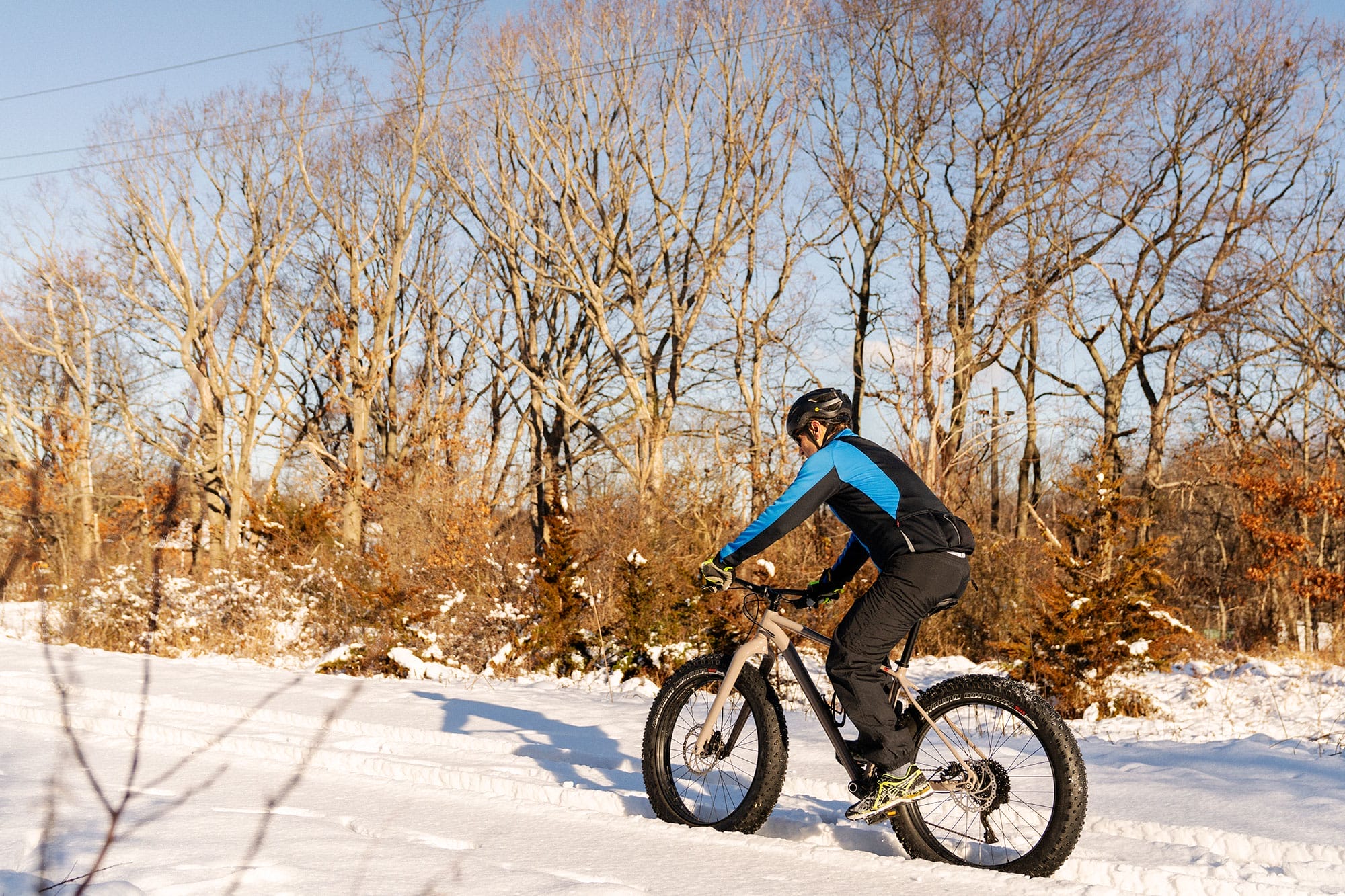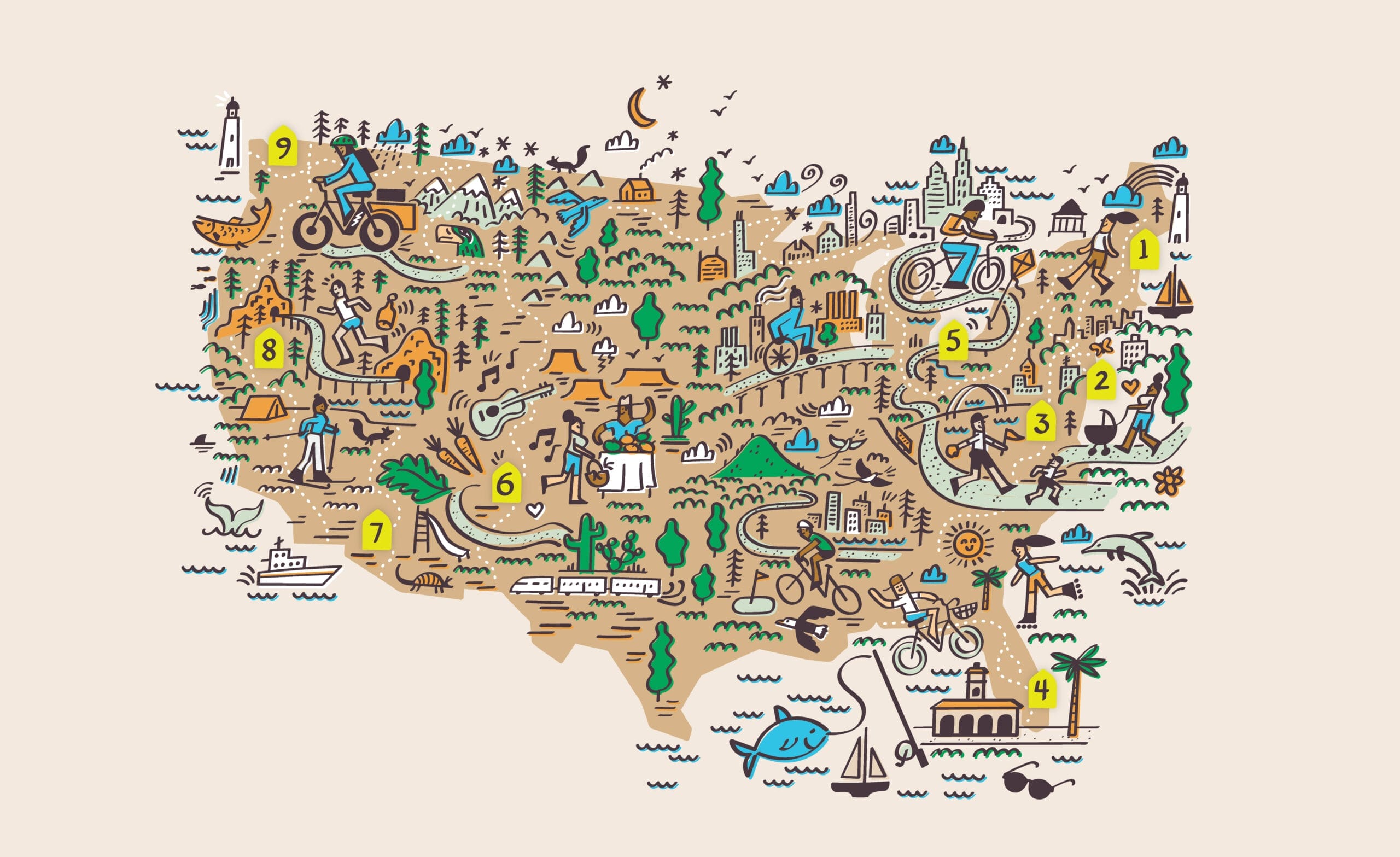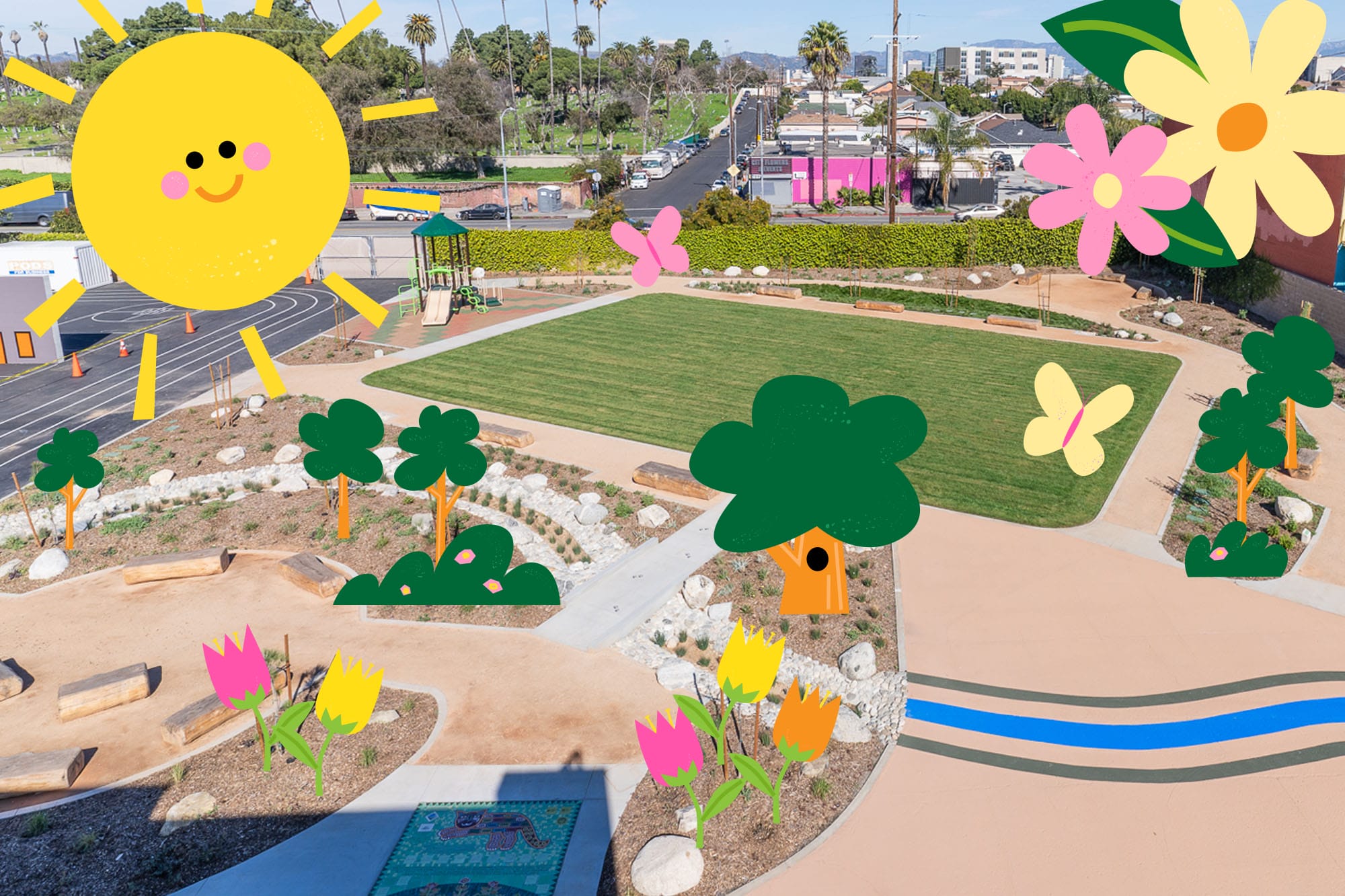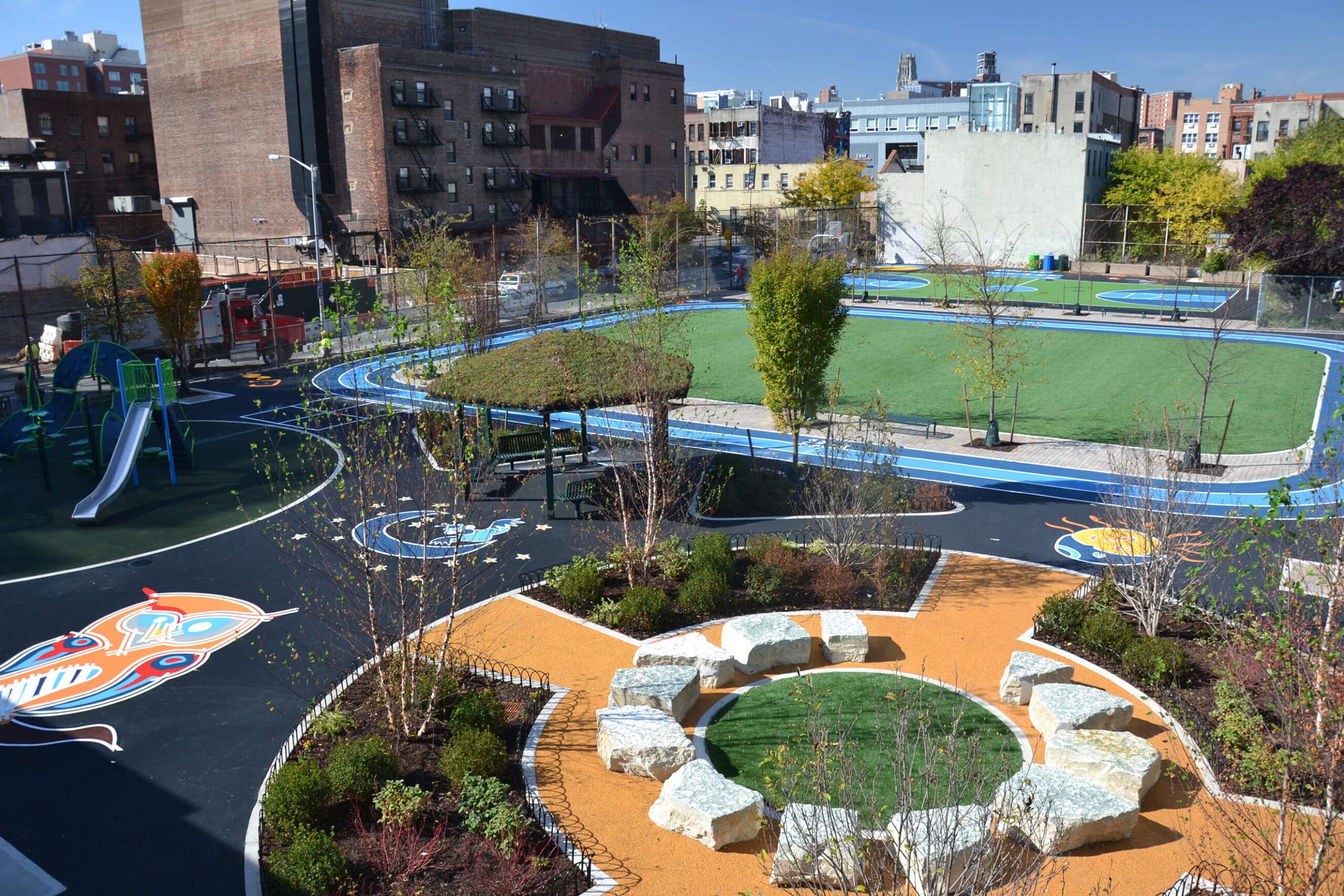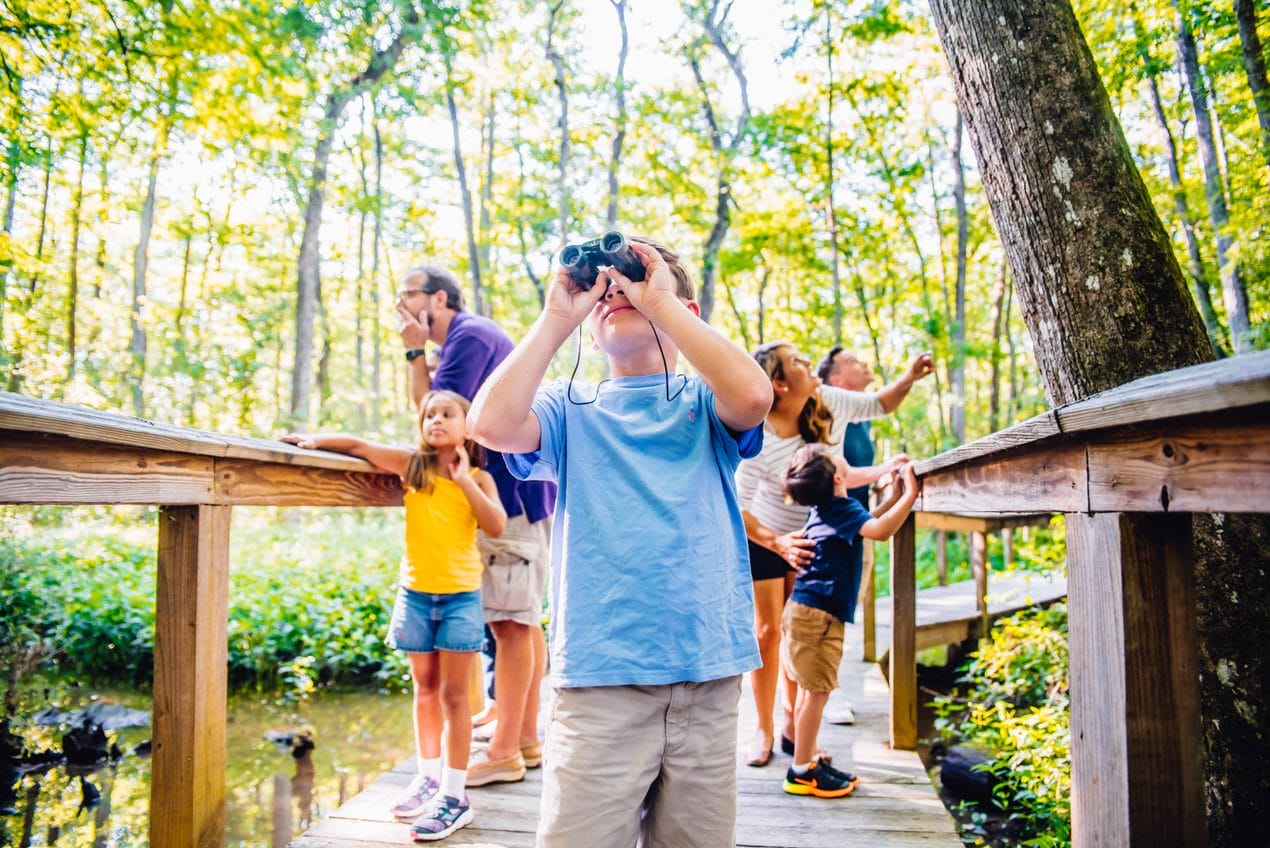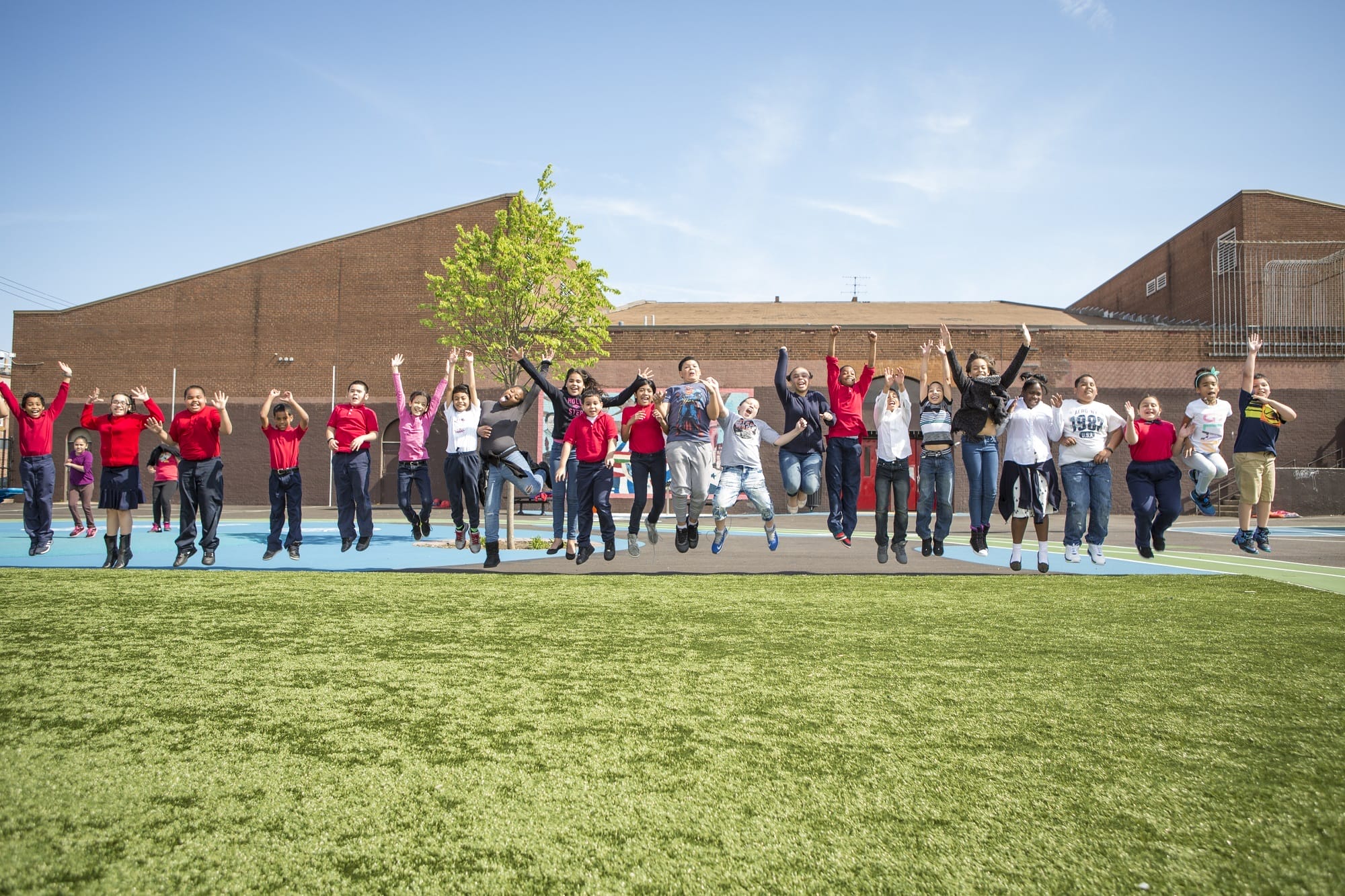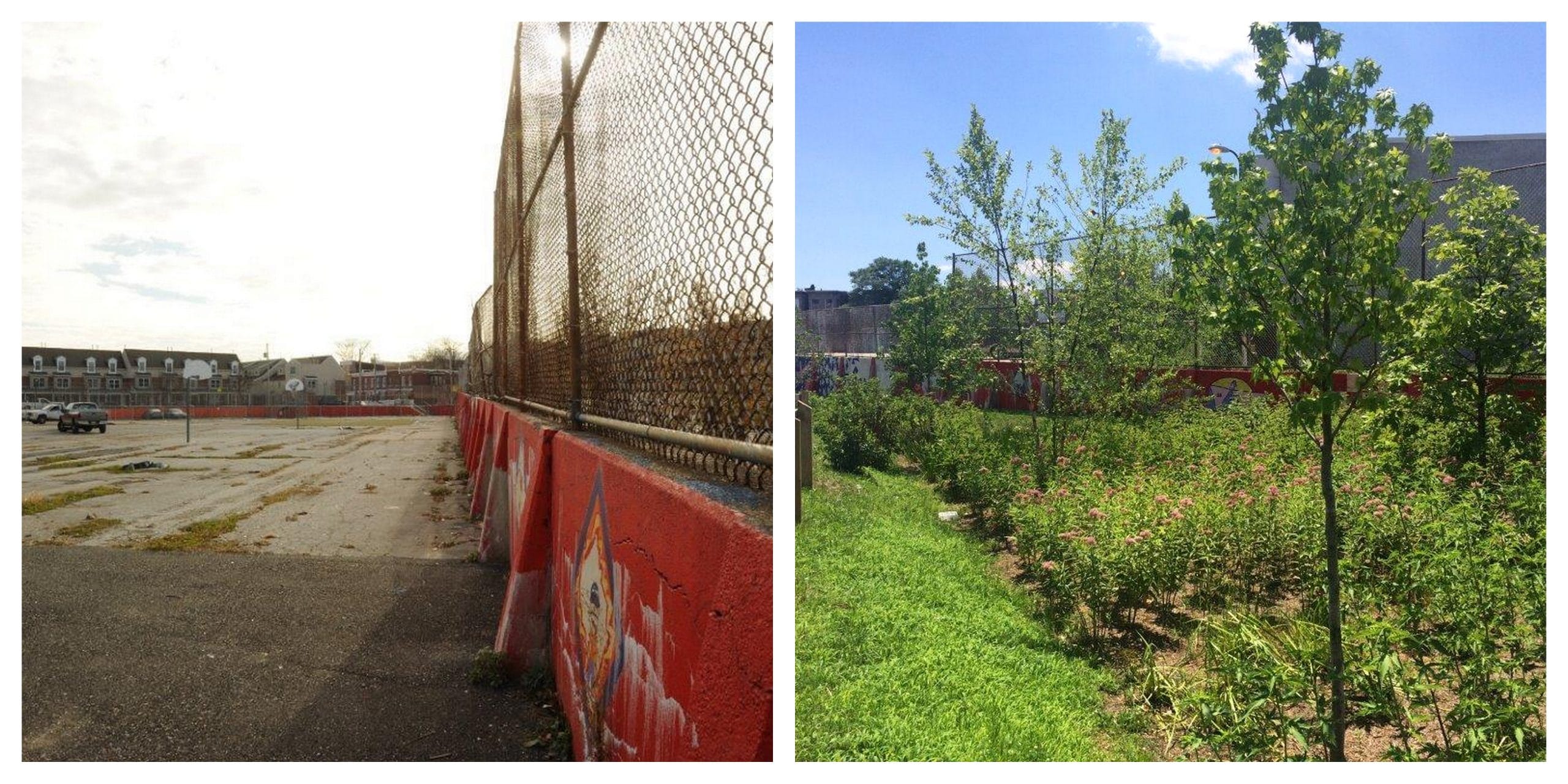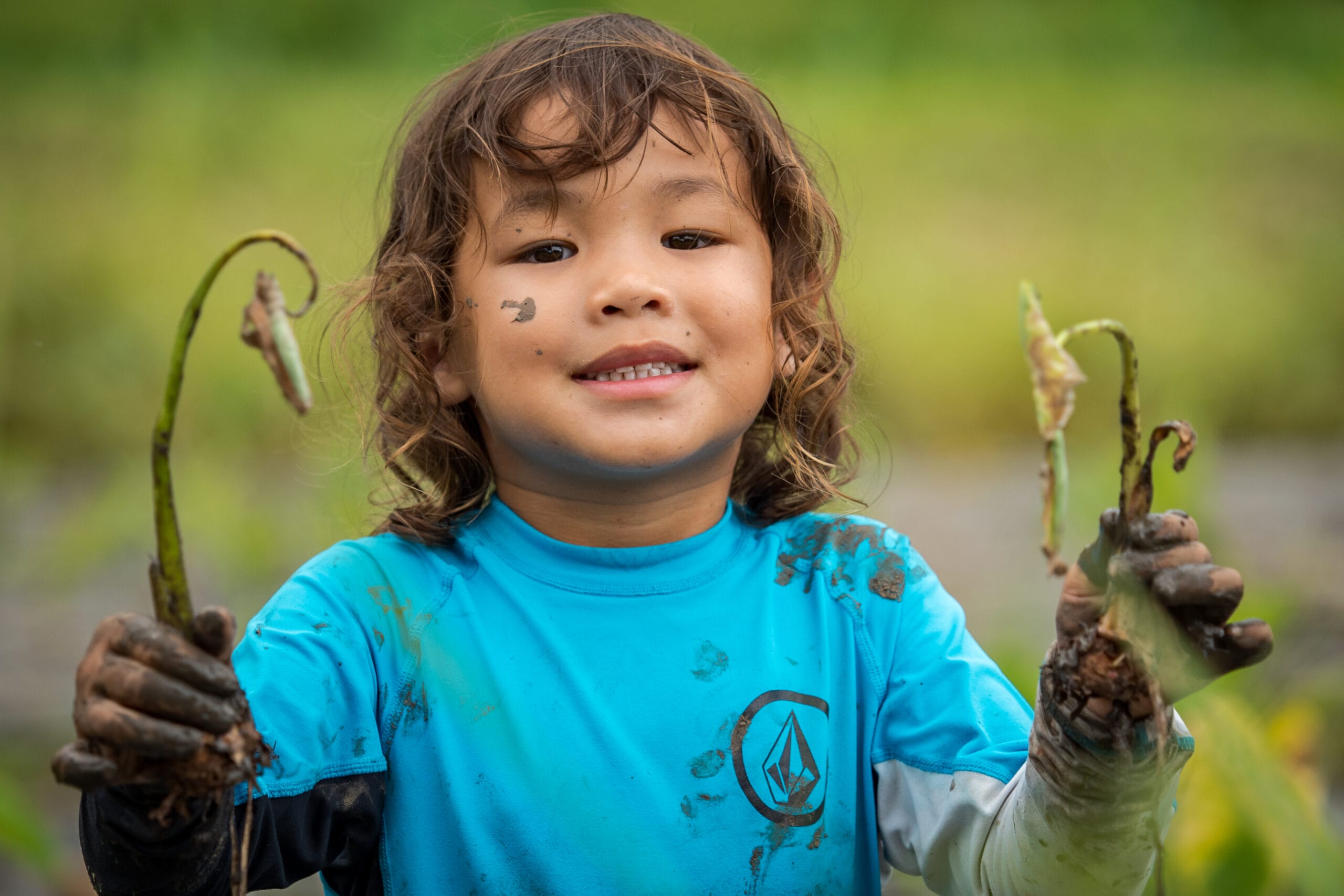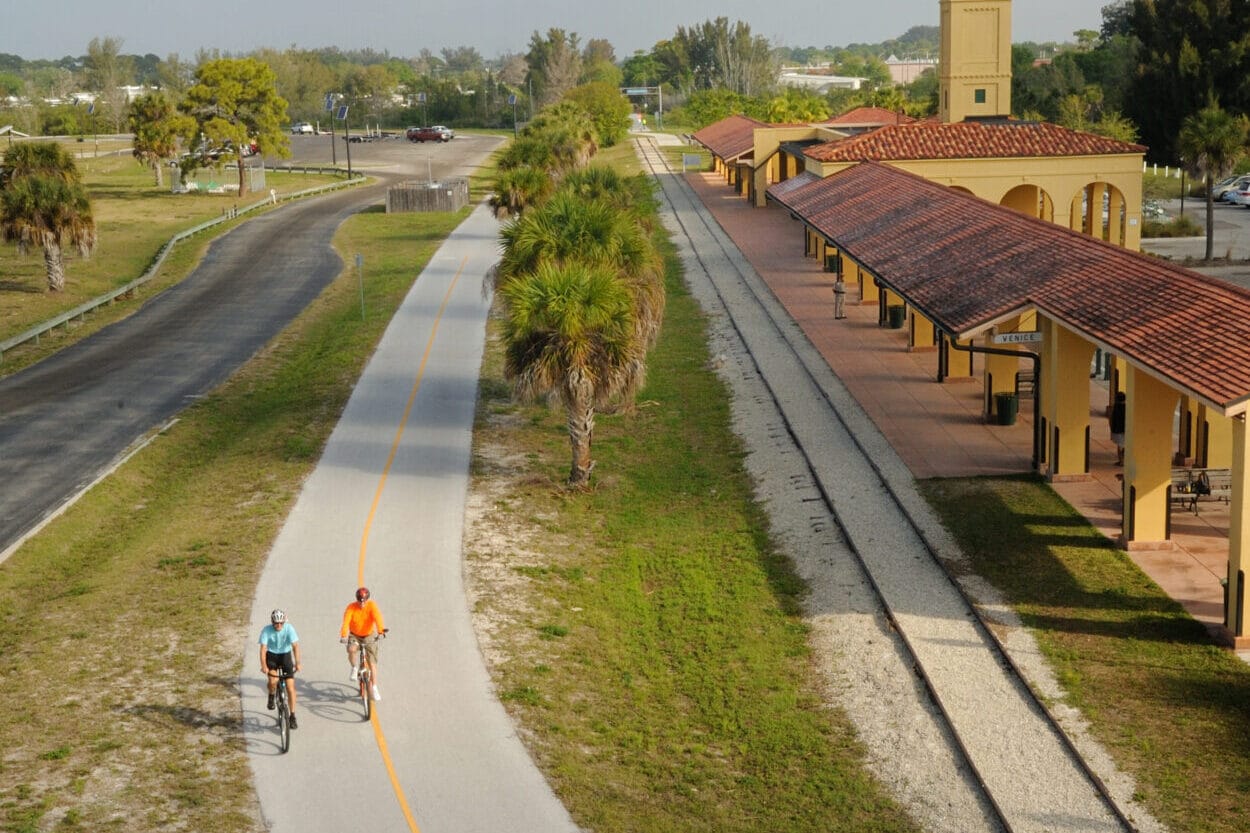
Sewer in a Suitcase
Sewer in a Suitcase
Whether racing toy cars or dressing up dolls, kids have a keen eye for the world in miniature. In New York City, The Trust for Public Land is making use of that flair for the small-scale to show students how their own school playgrounds can help improve water quality.
"Sewer in a Suitcase" is a powerful visual learning tool developed by the Center for Urban Pedagogy. Portable and interactive, it models a city block and an urban waterway. When staff soak the setup in water to simulate a rainstorm, kids get an up-close view of how sewage ends up in their neighborhood's canals.
"The model helps kids think about environmental issues in a new way," says The Trust for Public Land's New York City Playgrounds Director Mary Alice Lee. "Most of them have never thought about where water goes when you flush a toilet or leave a faucet running. Now they're conscious of it."
When it rains, it pours
New York City relies on a combined sewer system that allows rainwater to mix with sewage during storms. Treatment plants can only handle so much; any overflow is sent-unprocessed-straight into the city's waterways.
The simplest solution is to reduce the amount of rainwater going down the drains. To do that, urban planners are looking to the ground they walk on: every opportunity to replace asphalt with porous pavement or thirsty plants helps reduce the burden on the sewer system.
The Trust for Public Land plays a part in the effort every time it transforms a barren concrete schoolyard into a green playground, some of which can absorb up to the first inch of rainfall in a major storm. But before a playground gets the go-ahead to include green infrastructure-whether that's rain barrels, gravel pathways, or tree groves-it needs designer approval. And that means convincing the kids.
Parks for and by kids
"Having the users of the park design the park makes perfect sense," says Mary Alice. She cites reduced vandalism and better maintenance as among the benefits of participatory design. "For kids, it gives them a sense of ownership in their new space. They always tell us their playground will be the best-they love being a part of the process."
That process includes weekly classroom meetings with Trust for Public Land staff to discuss and vote on playground ideas. Topics include landscape architecture, surveying, construction-and now, Sewer in a Suitcase.
"Once they see the Sewer in a Suitcase, they get it," says The Trust for Public Land's Jessica Ingram-Bellamy. "They understand why they need green infrastructure and rain-capture features in their playground."
"We're long-time believers in children being part of the planning process," says Jessica. "But this is our first venture into creating green playgrounds designed both for recreation and for stormwater management."
It's a high-payoff pairing. Incorporating green infrastructure serves city and state water initiatives, revitalizes barren schoolyards, and improves water quality for the whole city. Not bad for one suitcase.
Rising temperatures, bigger storms, and asphalt schoolyards pose significant risks during recess. Urge Congress to prioritize schoolyards that cool neighborhoods, manage stormwater, and provide opportunities for kids to connect with nature today!
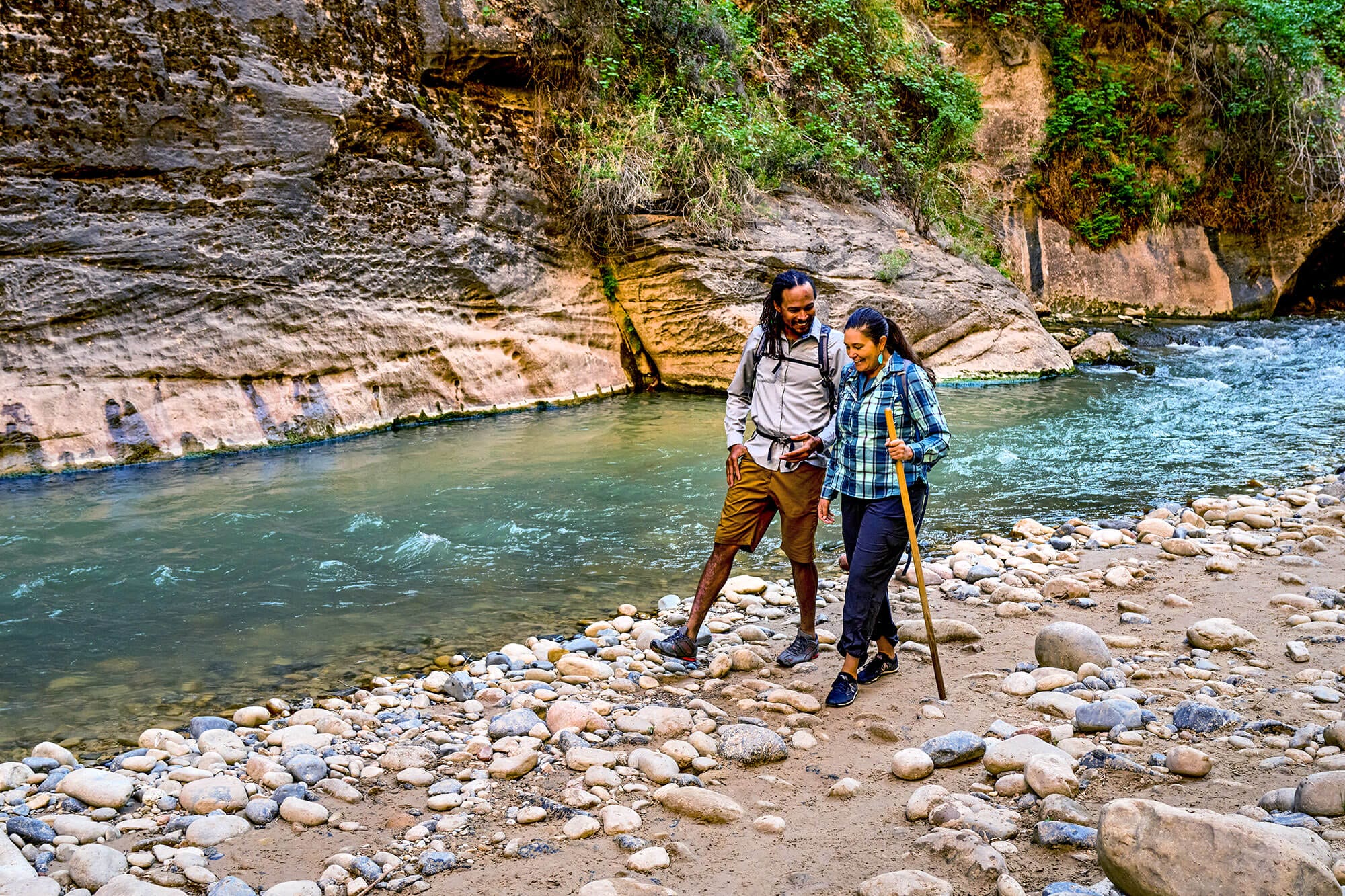
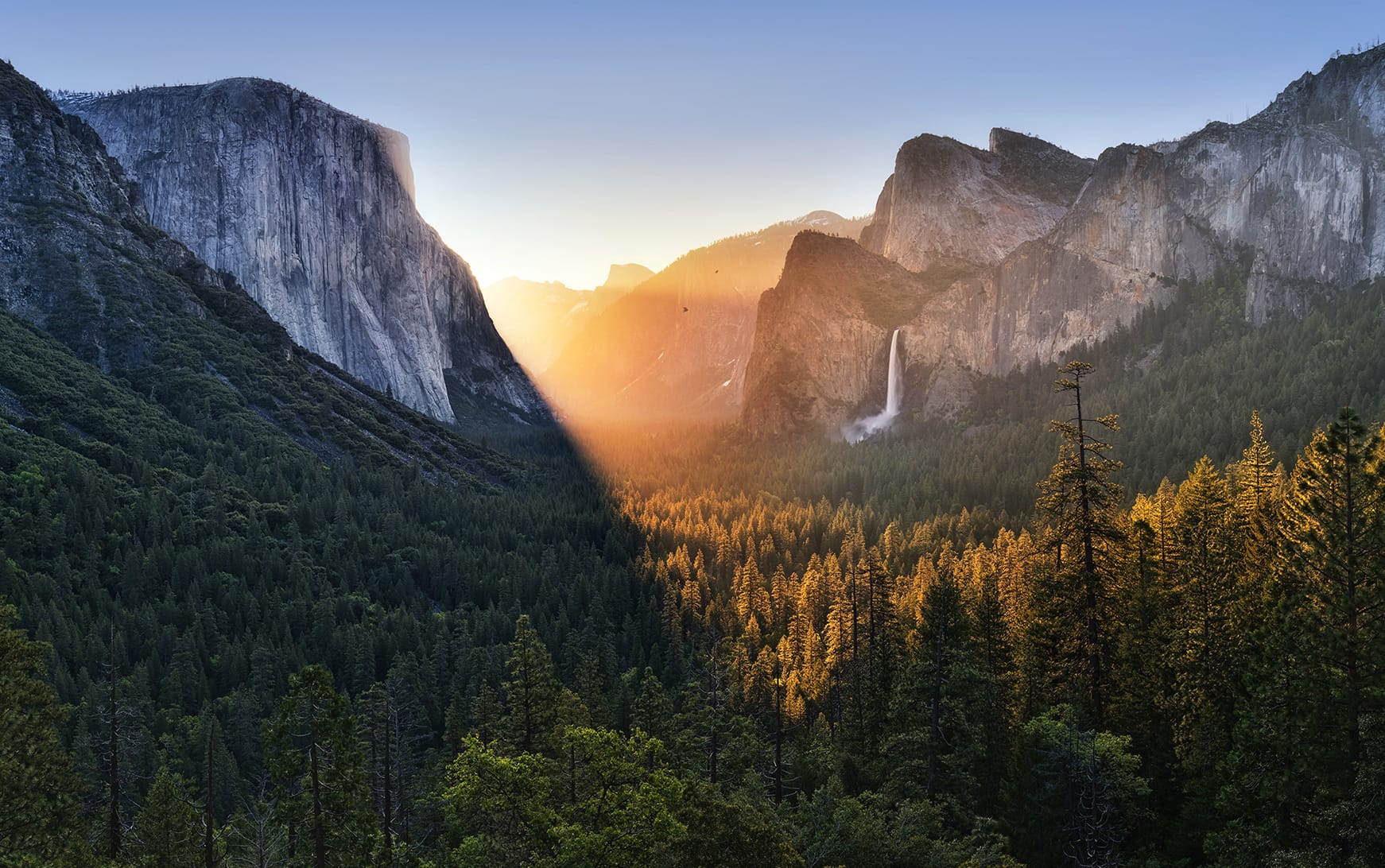
Donate to become a member, and you’ll receive a subscription to Land&People magazine, our biannual publication featuring exclusive, inspiring stories about our work connecting everyone to the outdoors.
See how our supporters are helping us connect people to the outdoors across the country.


